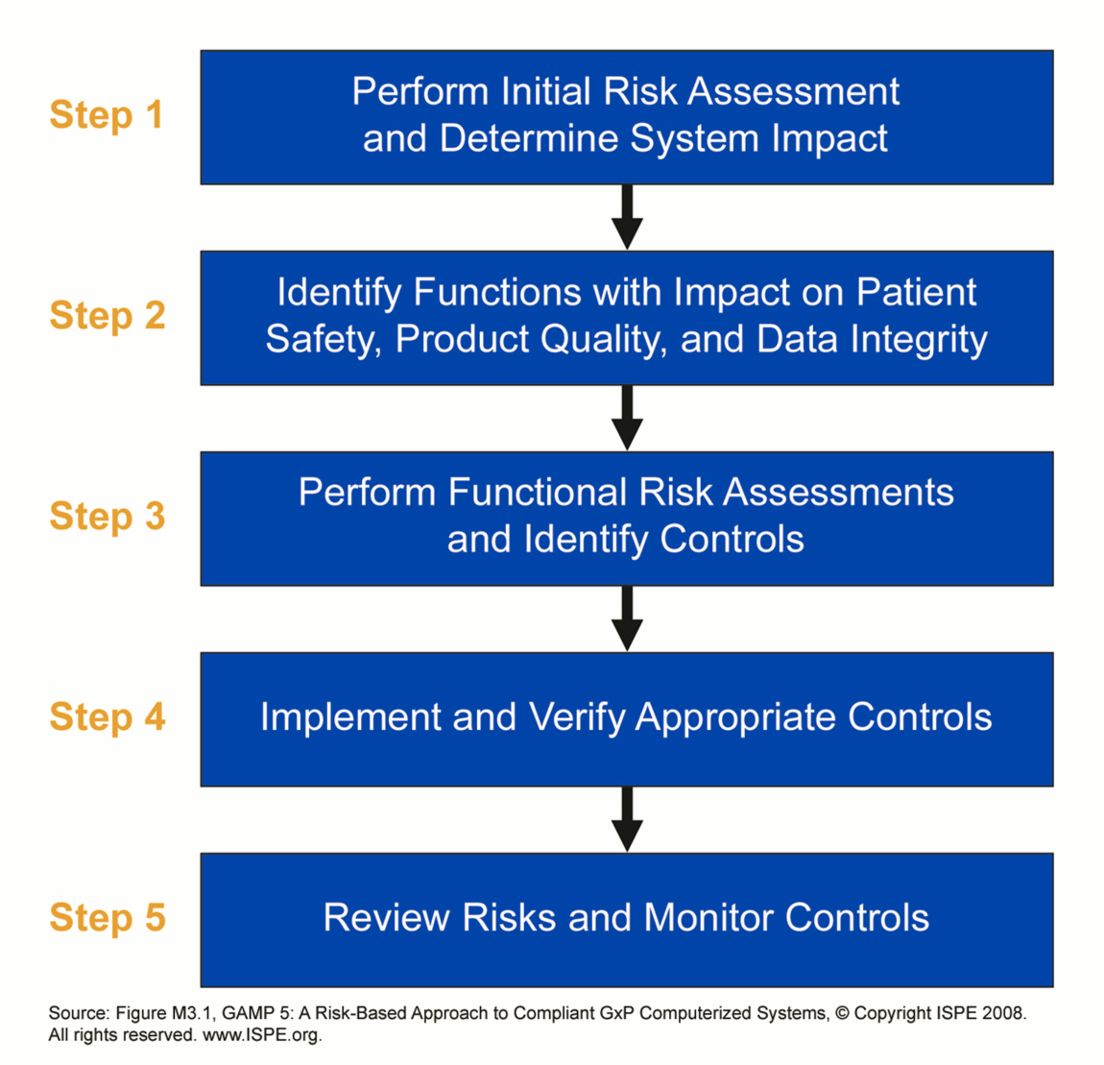
A risk assessment is a systematic process that involves identifying, analyzing, and controlling hazards and risks present in a situation or a place . It is a decision-making tool that aims to determine which measures should be put in place to eliminate or control those risks, as well as specify which of them should be prioritized according to the level of likeliness and impact they have on the business .
The following are the five steps involved in conducting a risk assessment :
1. Identify the hazards: This step involves identifying potential hazards that could cause harm to people, property, or the environment. Hazards can be physical, chemical, biological, or psychological in nature.
2. Determine who might be harmed and how: This step involves identifying who might be affected by the hazards identified in step 1 and how they might be harmed. This includes employees, customers, visitors, contractors, and members of the public.
3. Evaluate the risks and decide on precautions: This step involves assessing the likelihood and severity of harm arising from each hazard identified in step 1. Based on this assessment, appropriate precautions can be taken to eliminate or control the risks.
4. Record your findings: This step involves documenting the findings of the risk assessment process. This includes details of the hazards identified, who might be harmed, and what precautions have been taken.
5. Review your assessment and update if necessary: This step involves reviewing the risk assessment periodically to ensure that it remains up-to-date and relevant. It should also be reviewed whenever there are changes to work processes, equipment, or personnel that could affect the risks identified.
